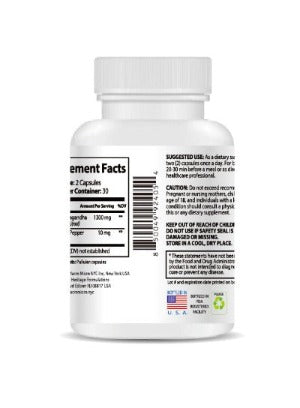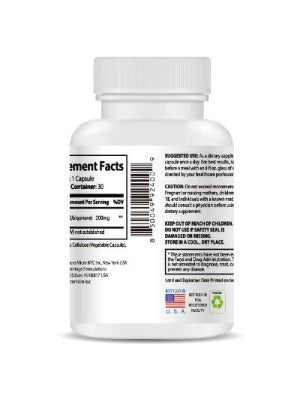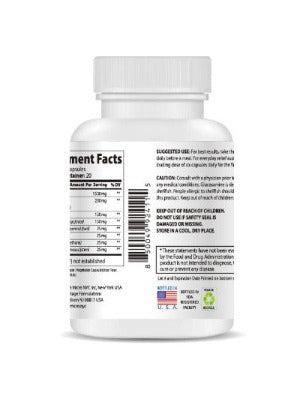Of course. Here is a blog post about the connection between Meibomian Gland Dysfunction (MGD) and chronic dry eye. It is for informational purposes only and does not promote any specific products or medical treatments. The tone is friendly and professional, providing useful, general advice for a lay audience.
Contacts & Screens: The Link Between MGD and Chronic Dry Eye You Should Know
Do your eyes feel tired, gritty, or like they're burning after a long day of staring at a computer screen or wearing your contact lenses? You're not alone. Many of us have experienced these frustrating symptoms, often writing them off as simple eye strain or a temporary issue. But what if these feelings are a sign of something more persistent? They could be the first clues to a condition called Meibomian Gland Dysfunction, or MGD, and it's a critical piece of the puzzle for anyone dealing with chronic dry eye.
What Exactly Is MGD? It's All About the Oil
To understand MGD, we first need to understand a little about how our eyes stay lubricated. Your tear film—the thin layer of fluid that coats the surface of your eye—is made of three distinct layers: water, mucus, and, most importantly, oil.
This outer oil layer is produced by tiny glands called meibomian glands, which are located along the rims of your upper and lower eyelids. Think of them as miniature oil factories. Their job is to secrete a special type of oil called meibum. This oil is essential because it forms a protective barrier over the watery layer of your tears, preventing them from evaporating too quickly. Without this oil, your tears would simply disappear into thin air, leaving your eyes exposed and dry.
Meibomian Gland Dysfunction (MGD) is what happens when these tiny glands stop working correctly. They might become clogged, blocked, or inflamed, causing them to produce either too little oil or oil of poor quality. This leads to an unstable tear film and, often, the very uncomfortable symptoms of dry eye.
The Vicious Cycle: MGD and Chronic Dry Eye
It’s easy to see why MGD is considered the leading cause of chronic dry eye. When your meibomian glands aren’t doing their job, the tears on your eyes evaporate at an accelerated rate. This isn’t just a simple issue of a lack of moisture; it's a breakdown in the entire system.
This problem creates a vicious cycle. The rapid evaporation of tears leads to irritation and inflammation on the surface of your eye. This inflammation, in turn, can further damage the meibomian glands, making the MGD even worse. The cycle continues, and what might have started as mild irritation can become a persistent and debilitating condition. This is why addressing the root cause—the health of your meibomian glands—is so crucial. Simply using eye drops to add more water to an unstable tear film often provides only temporary relief, because the underlying evaporation problem hasn't been solved.
The Culprits: Why Are Our Glands Clogging Up?
So, what’s causing our meibomian glands to malfunction? While MGD can be influenced by age, hormonal changes, and certain medical conditions, two of the most significant modern-day culprits are directly related to our daily habits: contact lens use and digital screen time.
The Impact of Contact Lenses
Many people who wear contact lenses experience dry eye. One reason for this is that the lens itself can interfere with the natural flow and distribution of tears across the eye. More specifically, long-term contact lens wear can directly affect the meibomian glands. Studies have shown that some contact lens wearers experience changes in their meibomian glands, including blockages and a reduction in the glands’ ability to function properly. While contact lenses offer a fantastic alternative to glasses, it's important to be mindful of this potential link and to give your eyes a break when possible.
The Role of Digital Screens
We live in a world surrounded by screens—computers, smartphones, tablets. While incredibly convenient, this constant use has a profound effect on our blink rate. When we focus intently on a screen, we tend to blink less frequently and less completely. A normal blink should be a full, strong closure that helps express oil from the meibomian glands. When we’re focused on a screen, our blinks become shallow and incomplete, meaning the meibomian glands aren't being stimulated to release their protective oil. This lack of stimulation allows the oil to become thick and stagnant, leading to blockages and MGD. This is a primary reason why you might feel that gritty, burning sensation after a few hours of working on your computer.
Breaking the Cycle: What You Can Do
The good news is that understanding the link between MGD and dry eye is the first step toward effective management. The goal is to restore the health and function of your meibomian glands.
Here are some general, non-product-specific strategies that many eye care professionals recommend:
-
Practice the "20-20-20 Rule": For every 20 minutes you spend on a screen, look at something 20 feet away for at least 20 seconds. This helps your eyes reset and encourages more natural blinking.
-
Conscious Blinking: Make a conscious effort to blink fully and frequently, especially when using digital devices. A full blink means squeezing your eyelids completely shut for a moment.
-
Warm Compresses: Applying a warm, moist compress to your closed eyelids for 5-10 minutes can help to soften and melt the thickened oil in your meibomian glands, allowing them to release more easily.
-
Eyelid Hygiene: Gently cleaning your eyelids can help remove any debris or crust that might be blocking the gland openings.
If you’re experiencing persistent symptoms of dry eye, it's always best to consult with an eye care professional. They can provide an accurate diagnosis and recommend a personalized plan to help manage your symptoms and address any underlying MGD. Taking a proactive approach to your eye health is key to finding lasting relief and keeping your eyes comfortable and clear.
Q&A for Eye Discomfort
Here are five questions and answers designed to provide further information for individuals dealing with eye discomfort and dry eye symptoms.
Q1: My eyes feel gritty and tired, but they aren't red. Is it still dry eye? A1: Yes, absolutely. The classic symptoms of dry eye aren't always redness. The feeling of grittiness, a sensation of something being "in" your eye, fatigue, and a burning or stinging feeling are all very common signs. These symptoms often indicate that your tear film is unstable and evaporating too quickly, which is a key symptom of MGD-related dry eye.
Q2: Can using a humidifier help with my dry eyes? A2: Yes, it can be very helpful. Dry air, whether from heating in the winter or air conditioning in the summer, can accelerate the evaporation of your tears. Using a humidifier in your home or office can add moisture back into the air, creating an environment that is more comfortable for your eyes and helps to slow down tear evaporation.
Q3: Is it bad to rub my eyes when they feel itchy and irritated? A3: It’s best to avoid rubbing your eyes. While it might provide a moment of relief, rubbing can actually cause more irritation and even damage the delicate surface of your eye and the surrounding tissues. It's better to use a warm compress, practice conscious blinking, or, if symptoms persist, consult with a professional for guidance on the best way to soothe them.
Q4: I wear daily contact lenses, but my eyes still feel dry by the end of the day. What should I do? A4: Dryness with contact lens wear is a common issue. It's important to ensure your lenses are the right fit for your eyes. You could also try giving your eyes a break from contact lenses whenever possible. If you must wear them daily, talk to your eye care professional about your symptoms. They may be able to recommend a different type of lens designed for people with dry eyes or suggest a regimen that can help keep your eyes lubricated and comfortable throughout the day.
Q5: Can diet affect my dry eye symptoms? A5: Yes, it can. Certain nutrients are important for overall eye health. For example, Omega-3 fatty acids, found in foods like fatty fish (salmon, tuna), flaxseed, and walnuts, are known to support healthy tear production and have anti-inflammatory properties that can be beneficial for MGD and dry eye. Staying well-hydrated by drinking plenty of water throughout the day is also crucial for maintaining tear volume.









